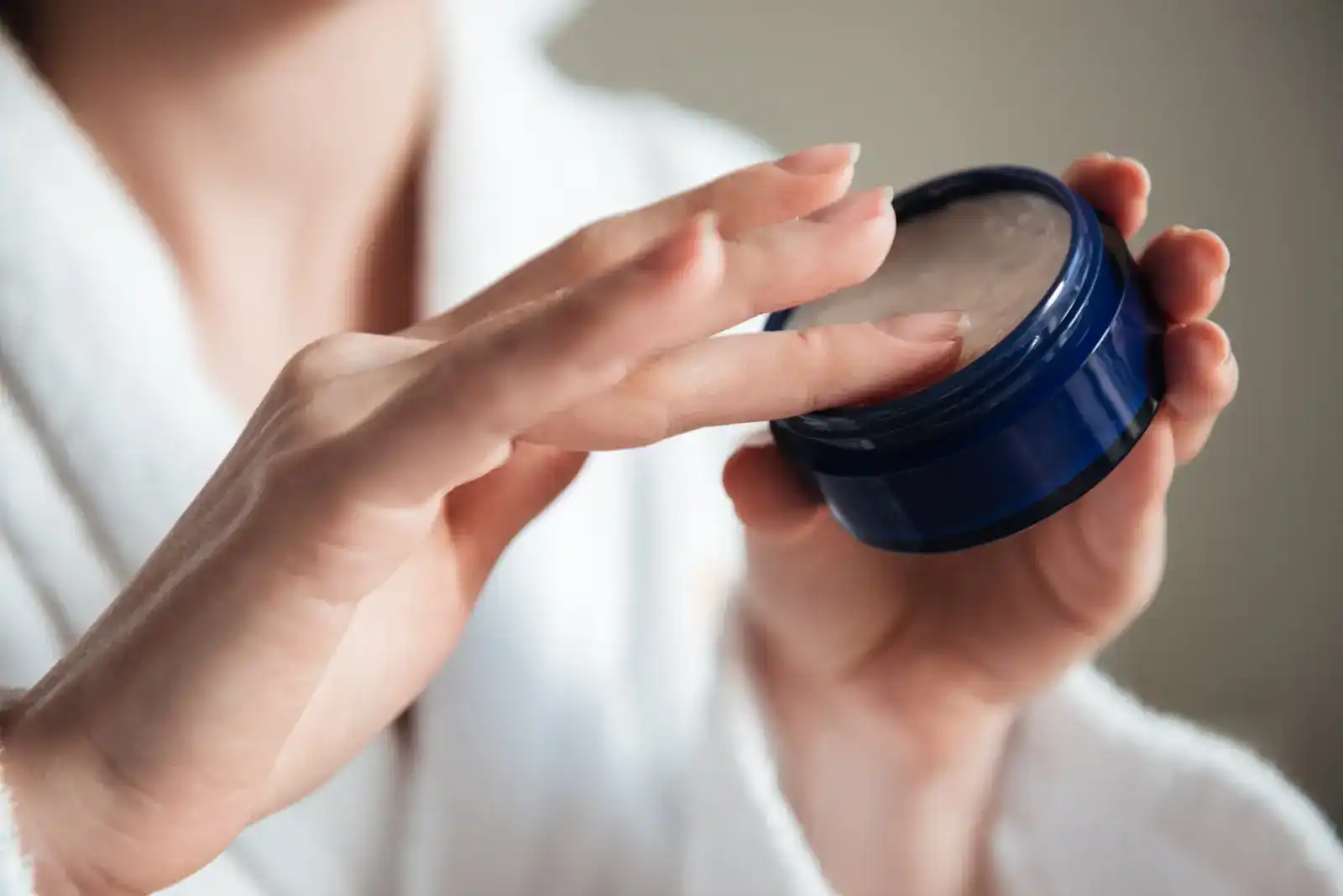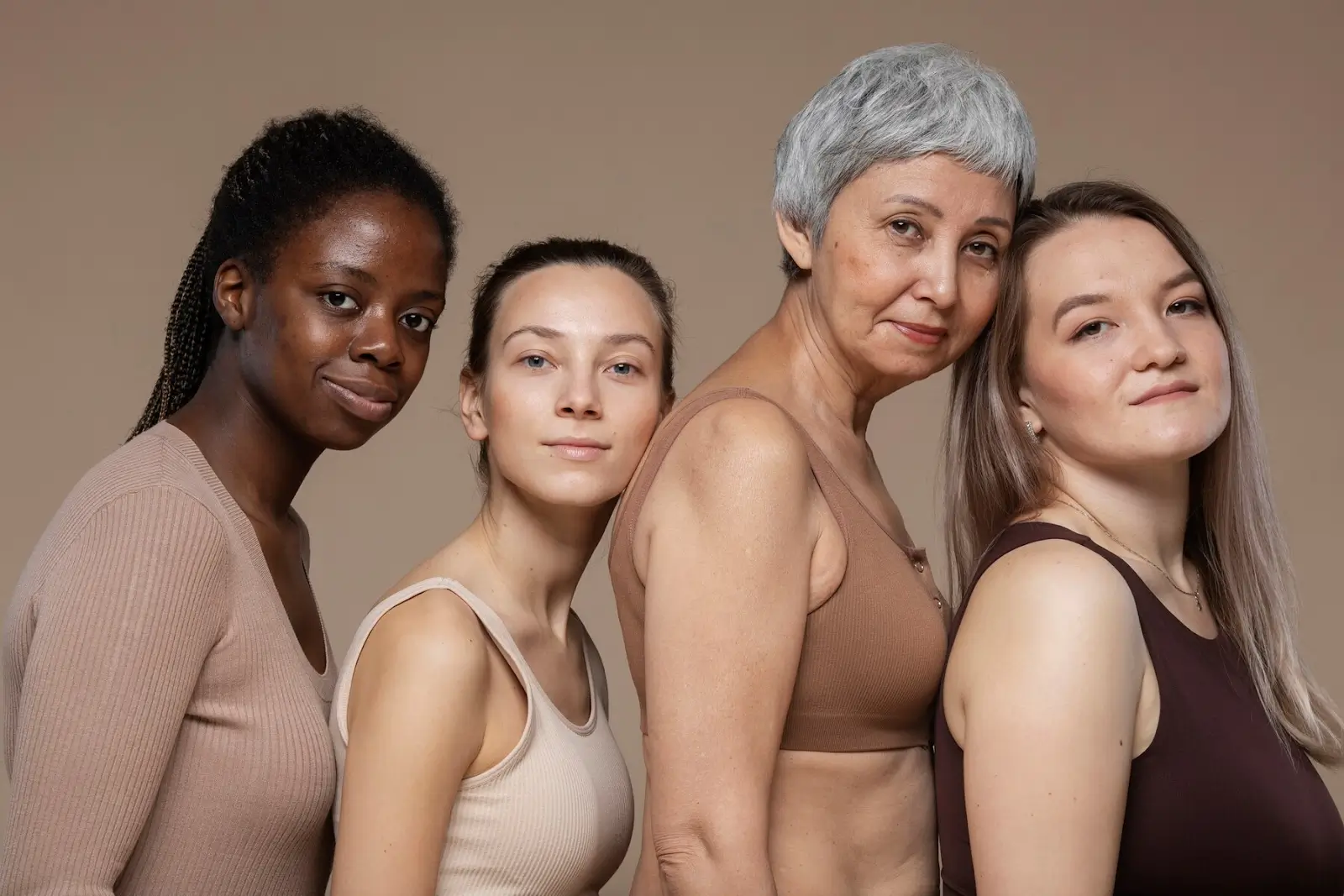Business Hours: Monday - Friday: 9 AM - 6 PM EST

EMLA Cream How Long Does It Last?
David Fuller
Last Updated On: April 4, 2025
Topical anesthesia plays a vital role in reducing discomfort during minor procedures—and EMLA cream has become a go-to solution for that purpose. This lidocaine-prilocaine combination is trusted by both healthcare professionals and patients for its reliability and ease of use. When applied correctly, EMLA can provide effective numbness lasting up to 1–2 hours after removal, with onset typically beginning within 30 to 60 minutes and peak effects achieved around 2–3 hours.
Its broad use in laser treatments, needle insertions, and skin procedures makes understanding EMLA’s duration essential for safe and effective application.
In this article, we’ll explore how long EMLA cream lasts, what factors influence its effect, and practical tips to maximize pain relief—helping users achieve the best possible experience and results.
Key Takeaways
- EMLA cream typically lasts 1 to 4 hours, with peak numbing reached within 1–2 hours after application.
- Application timing matters—apply 30 to 60 minutes before procedures for optimal pain relief.
- Skin thickness, age, and occlusion significantly affect how long the numbing lasts.
- Proper technique and reapplication timing help maintain anesthesia and reduce the risk of side effects.
- Using generic EMLA cream from trusted sources ensures safe and effective results in both medical and cosmetic treatments.
About: Operating since 2016, Med Supply Solutions is known for being one of the industry’s top and trusted suppliers of cosmetic and viscosupplementation products. Contact our sales department for more information about buying EMLA cream online.

Typical Duration of Anesthetic Effect
EMLA cream is a topical anesthetic commonly used before minor medical or cosmetic procedures. Its numbing effect typically lasts between 1 to 4 hours, depending on the application site, dosage, and skin characteristics. Most patients begin feeling numbness within 30 to 60 minutes of application, which is why early application is critical for pain-free treatment.
Peak effectiveness usually occurs 1 to 2 hours after application. From there, the effect gradually wears off over the next several hours—especially as influenced by factors like skin thickness and blood flow. Understanding this timeline allows practitioners and patients to schedule treatments more accurately.
Factors Influencing Duration: Skin Thickness, Age, and Application Technique

The effectiveness and longevity of EMLA’s anesthetic action can vary based on individual and procedural factors:
Skin Thickness
- Thin Skin (e.g., inner arm, face): Faster absorption but shorter duration (1–2 hours).
- Thicker Skin (e.g., palms, soles): Slower absorption, longer duration (3–4 hours).
Age and Individual Sensitivity
- Children or Younger Patients: May experience extended numbing due to thinner skin.
- Older Adults: Slower circulation can affect the absorption rate and effectiveness.
Application Technique
- Proper Occlusion (covering with a dressing): Enhances absorption and prolongs effect.
- Higher Doses: May increase numbness but also raise the risk of systemic side effects.
Adjusting these variables helps tailor treatment and maximize comfort for different patient profiles.
Clinical Evidence Supporting Duration Claims
Multiple clinical studies confirm the variability in how long branded or generic EMLA cream lasts depending on exposure time, dosage, and skin type. Key findings include:
- A 5% lidocaine-prilocaine mix provides effective anesthesia after 60 minutes of application.
- Longer application times—90 to 120 minutes—result in deeper and longer-lasting numbness, up to 4 hours.
- For lengthy procedures, reapplication may be considered, especially when working with thicker or less sensitive areas.
Guidelines for Timing Clinical Procedures and Reapplication Strategies
To ensure optimal anesthesia, healthcare providers should apply EMLA cream according to the type of procedure:
- Minor Procedures (e.g., blood draws, microneedling): Apply 60 minutes before.
- Laser Treatments or Skin Surgeries: Apply 90–120 minutes in advance for deeper numbing.
For extended sessions, small reapplications can maintain numbness once the initial dose begins to fade. However, providers should wait at least 1 hour between applications to minimize systemic absorption risks.
Implications for Patient Management and Scheduling

Understanding how long EMLA lasts supports better treatment planning across various fields:
- Medical Procedures: Ensure timely anesthesia for dermatology, injections, or minor surgeries.
- Cosmetic Use: Prepares patients for laser hair removal, tattooing, or fillers.
- Pediatrics: Helps children tolerate vaccinations or IV insertions with minimal discomfort.
Conclusion
EMLA cream provides effective topical anesthesia, typically lasting 1 to 4 hours, depending on skin type, dose, and application method. With thoughtful planning, correct timing, and reapplication techniques, both medical professionals and patients can experience smooth, pain-free procedures.
Knowing how to use it properly ensures maximum relief and safe outcomes—especially when using generic EMLA cream in clinical or home settings.
FAQs
1. How long does EMLA cream take to work?
EMLA cream begins numbing the skin within 30 to 60 minutes. For deeper anesthesia, it may require 90 to 120 minutes of application time.
2. How long does the numbing effect last after EMLA cream is removed?
The numbing typically lasts 1 to 4 hours, depending on skin type, location, and application technique.
3. Can I reapply EMLA cream during a procedure?
Yes, but only in small amounts and with at least a 1-hour gap between applications to avoid excessive absorption and side effects.
4. Is EMLA cream safe for children?
Yes, EMLA is often used in pediatric care for minor procedures. However, application time and dosage should be adjusted based on age and body weight, as recommended by a healthcare provider.
5. Can I use EMLA cream for cosmetic procedures like laser hair removal or microneedling?
Absolutely. It is widely used in cosmetic treatments to reduce discomfort during procedures such as tattooing, laser treatments, and microneedling.
6. What happens if I leave EMLA cream on for too long?
Leaving it on longer than recommended increases the risk of skin irritation or systemic absorption, especially in large areas. Always follow your provider’s instructions or the product label.
References
Drugs.com. EMLA: Package Insert / Prescribing Information. Published July 6, 2010. https://www.drugs.com/pro/emla.html
Kumar M, Chawla R, Goyal M. Topical anesthesia. Journal of Anaesthesiology Clinical Pharmacology. 2015;31(4):450. doi:10.4103/0970-9185.169049
Products
Cart
Log In
Newsletter
Subscribe for exclusive offers and updates on new arrivals
Share feedback at:
Working Hours
Monday to Friday: 9 AM to 6 PM EST
The Most Popular Brands
Med Supply Solutions
Support
Copyright 2025. Med Supply Solutions